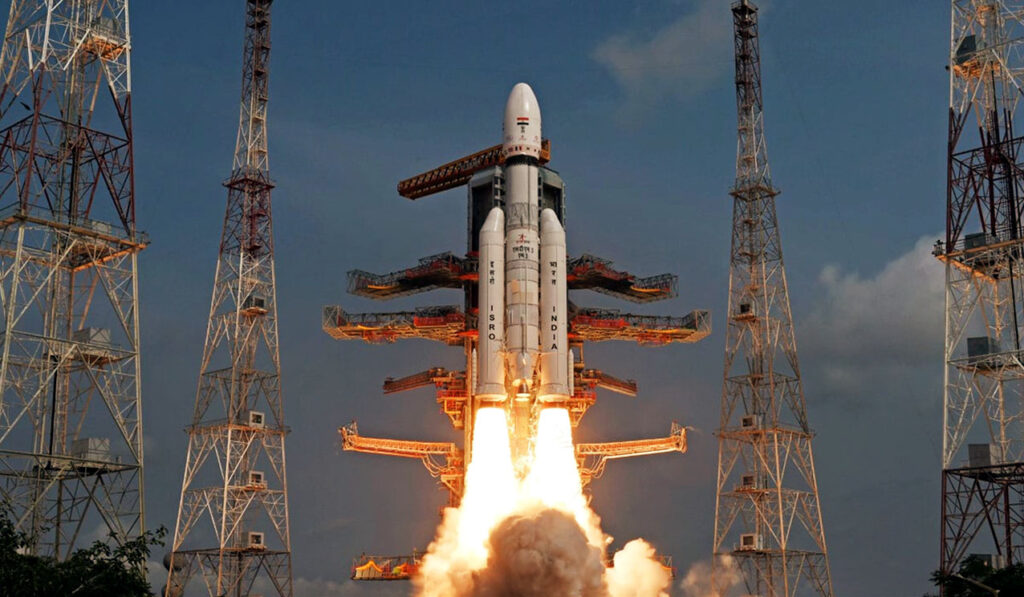ISRO’s GSLV-F12 successfully places navigation satellite NVS-01 into intended orbit
- Nearly 20 minutes after the flight, the rocket deployed the satellite in a geosynchronous transfer orbit (GTO) at an altitude of about 251 km
- GSLV-F12 is India’s larger rocket, which is crucial for future space missions
- The GSLV rocket, which had a failure in the past, carried the NVS-01 satellite onboard, the first of a new generation of communication satellites which is meant for a new constellation of Indian communication satellites
- ISRO has several missions planned this year, including tests ahead of the Gaganyaan human space mission and the launch of Chandrayaan 3 – which aims to place a lander on the surface of the moon
Bangalore. May 29. :Indian space agency ISRO successfully launched a navigation satellite, NVS-01, on board an expendable rocket, GSLV-F12, from Sriharikota in Andhra Pradesh. Nearly 20 minutes after the flight, the rocket deployed the satellite in a geosynchronous transfer orbit (GTO) at an altitude of about 251 km, ISRO said. GSLV-F12 is India’s larger rocket, which is crucial for future space missions.

“We now have the ability to launch even bigger payloads,” ISRO said.
The GSLV rocket, which had a failure in the past, carried the NVS-01 satellite onboard, the first of a new generation of communication satellites which is meant for a new constellation of Indian communication satellites. These satellites will be an Indian alternative to Global Positioning Systems, or GPS, and enable users to get their precision location — which is crucial for multiple applications, ranging from map services, and regional navigation to positioning data for missiles.
ISRO has several missions planned this year, including tests ahead of the Gaganyaan human space mission and the launch of Chandrayaan 3 – which aims to place a lander on the surface of the moon.
This crucial launch by the Bengaluru-headquartered agency will ensure the continuity of NavIC (Navigation with Indian Constellation) services — an Indian regional satellite navigation system, similar to GPS, providing accurate and real-time navigation in India and a region extending to 1,500 km around the mainland.
NavIC signals are designed to provide user position accuracy of better than 20 metres and timing accuracy of better than 50 nanoseconds.
ISRO developed the Navigation with Indian Constellation (NavIC) system to meet the positioning, navigation and timing requirements of the country, particularly with regard to civil aviation and military requirements. NavIC was earlier known as the Indian Regional Navigation Satellite System.
Some of the applications of NavIC include terrestrial, aerial and maritime navigation, precision agriculture, location-based services in mobile devices and marine fisheries, among many others.
NavIC is designed with a constellation of seven satellites and a network of ground stations that operate 24×7. NavIC offers two services — Standard Position Service (SPS) for civilian users and Restricted Service for strategic users.
NavIC SPS signals are interoperable with the US global navigation satellite system signals, GPS, Glonass from Russia, Galileo (European Union) and BeiDou, China.
Tonay’s mission is the sixth operational flight of the GSLV with an indigenous cryogenic stage. The mission life of NVS-01 is expected to be better than 12 years, ISRO said.





